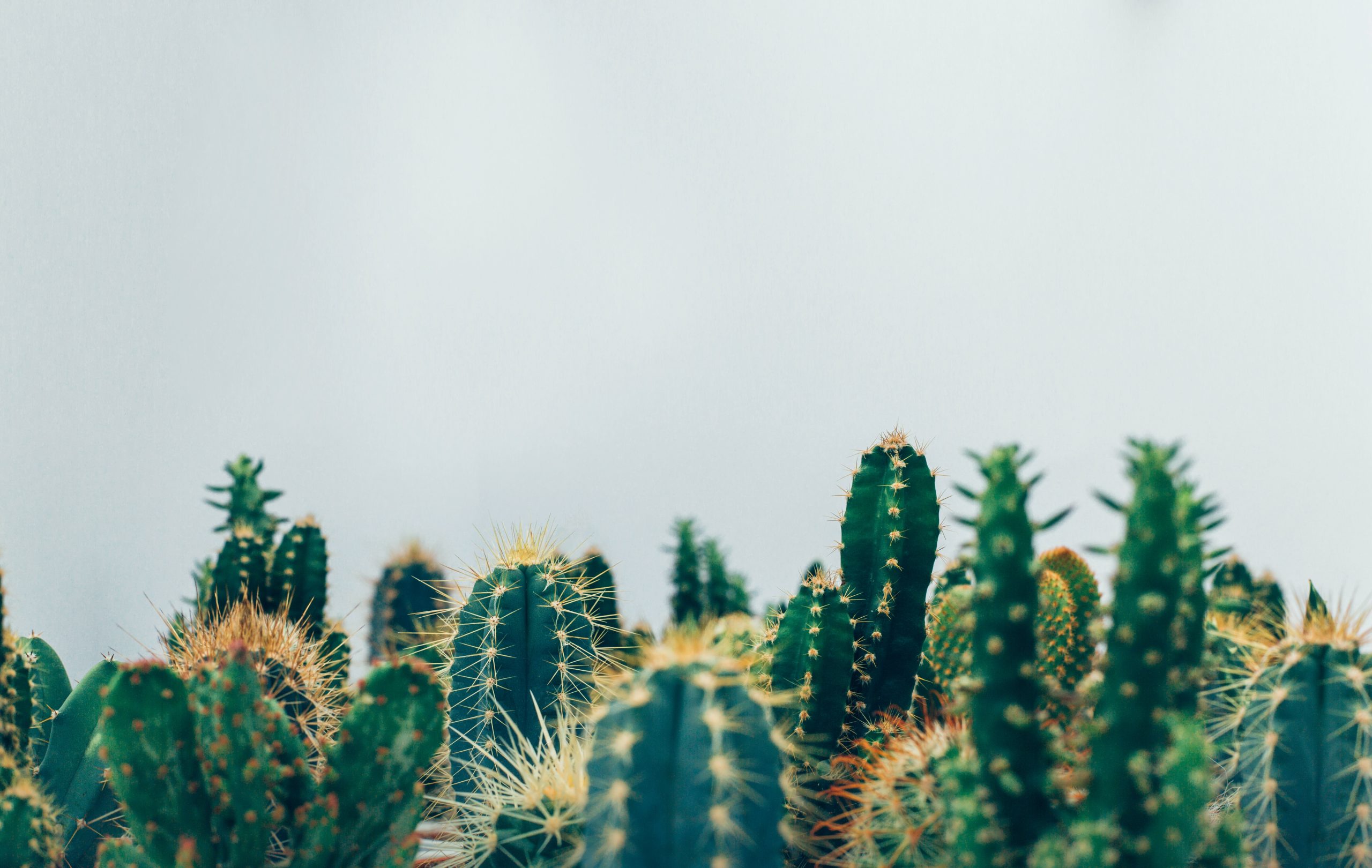Pitcher plants are a fascinating group of carnivorous plants that have evolved to grow in poor soil conditions. They are known for their unique ability to trap and digest insects, making them a popular choice for gardeners and nature enthusiasts alike. In this article, we will explore the enchanting beauty of pitcher plants and learn more about their unique characteristics.
What are Pitcher Plants?
Pitcher plants are a group of carnivorous plants that belong to the families Nepenthaceae and Sarraceniaceae. They are found in a wide range of habitats with poor soil conditions, from pine barrens to sandy coastal swamps. Pitcher plants rely on carnivory to obtain nutrients such as nitrogen and phosphorus, which are scarce in their natural habitats.
Pitcher plants are named after their unique pitcher-shaped leaves, which are modified to trap and digest insects. The pitchers are filled with a digestive fluid that breaks down the insects and releases the nutrients that the plant needs to survive.
Types of Pitcher Plants
There are several types of pitcher plants, each with its own unique characteristics. The most common types of pitcher plants include:
1. American Pitcher Plant (Sarracenia purpurea): This is the most common pitcher plant in North America. It has a distinctive purple color and can grow up to 36 inches tall.
2. Tropical Pitcher Plant (Nepenthes): This type of pitcher plant is found in tropical regions of Asia and Australia. It has a unique pitcher shape and can grow up to 3 feet tall.
3. Cobra Plant (Darlingtonia californica): This pitcher plant is found in the western United States. It has a distinctive cobra-like shape and can grow up to 2 feet tall.
4. Sun Pitcher Plant (Heliamphora): This type of pitcher plant is found in South America. It has a unique sun-shaped pitcher and can grow up to 18 inches tall.
Growing Pitcher Plants
If you are interested in growing your own carnivorous plant garden, pitcher plants are a great place to start. They are relatively easy to grow and require minimal care. Here are some tips for growing pitcher plants:
1. Choose the right location: Pitcher plants require full sun to partial shade and should be planted in well-draining soil.
2. Watering: Pitcher plants require moist soil, but they should not be overwatered. Water them regularly, but allow the soil to dry out slightly between waterings.
3. Feeding: Pitcher plants do not require regular feeding, as they obtain their nutrients from insects. However, you can feed them occasionally with small insects such as fruit flies.
4. Dormancy: Pitcher plants go dormant in the winter and should be kept in a cool, dry location during this time.
Conclusion
Pitcher plants are a fascinating group of carnivorous plants that are known for their unique ability to trap and digest insects. They are found in a wide range of habitats with poor soil conditions and rely on carnivory to obtain nutrients. If you are interested in growing your own carnivorous plant garden, pitcher plants are a great place to start. With their unique pitcher-shaped leaves and enchanting beauty, they are sure to be a conversation starter in any garden.




